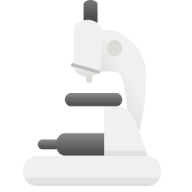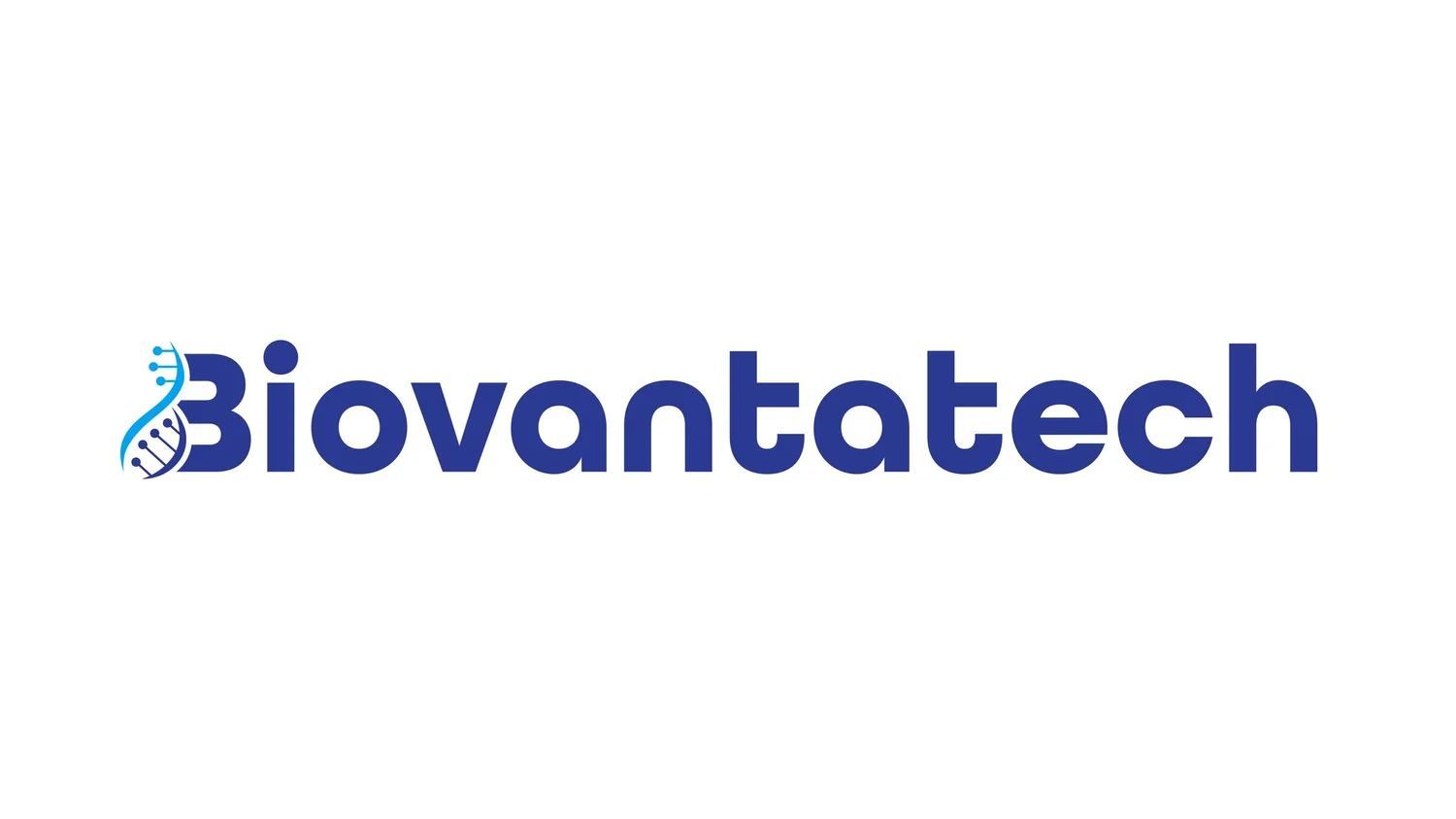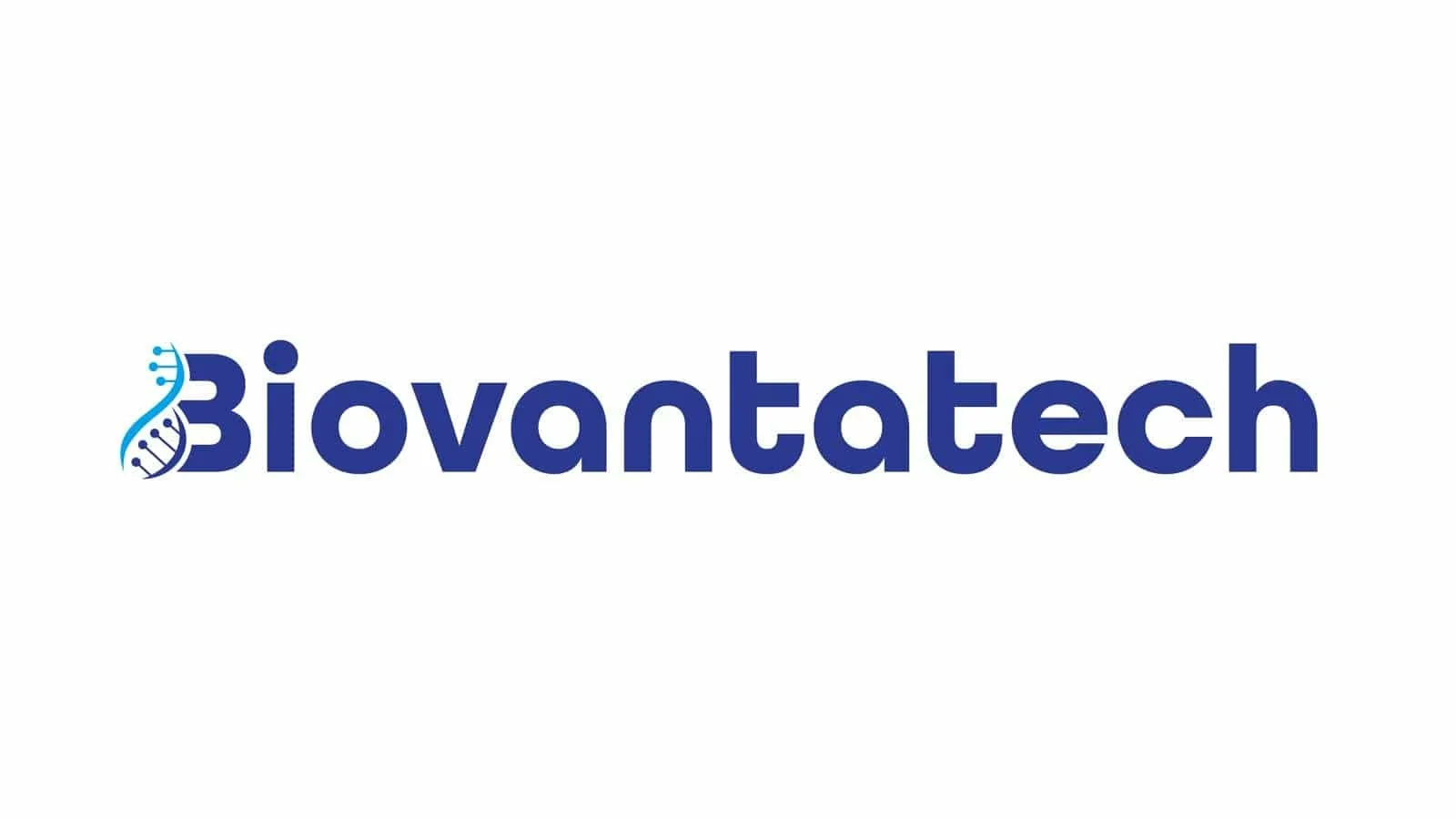Product Testing:
Human Ovarian CAF cells undergo rigorous quality control, confirming negative expression of endothelial marker von Willebrand Factor (vWF/Factor VIII), epithelial marker cytokeratin 18, and smooth muscle marker α-SMA. The cells are also verified to be free of bacteria, yeast, fungi, and mycoplasma. Additionally, they express established CAF markers, including FAP, PDGFR, Vimentin, PDPN, and CD70. These cells can be expanded for 3-5 passages at a recommended split ratio of 1:2 or 1:3.
Laboratory Applications:
Human Ovarian CAF cells are suitable for various research applications, including cell-cell interaction studies, adhesion assays, PCR, Western blotting, immunoprecipitation, immunofluorescence, flow cytometry, and generating specialized cell derivatives for customized experimental needs.
Shipping & Handling (Frozen Vials on Dry Ice):
For optimal viability, thaw and culture cells immediately upon receipt. If temporary storage is required, keep vials in the liquid nitrogen vapor phase—avoid -70°C, as it reduces viability.
Thawing Protocol:
Rapidly thaw the vial (~2 minutes) in a 37°C water bath, keeping the cap dry to prevent contamination.
Sterilize the vial with 70% ethanol before proceeding under aseptic conditions.
Remove cryoprotectant by centrifuging at 125 × g for 5-10 min, discarding the supernatant, and resuspending in fresh growth medium.
Pre-coat a T-flask with 6-8 mL AlphaBioCoat for 15 min, rinse with 1X PBS, then seed cells.
Pre-equilibrate medium in the incubator for 15 min (pH 7.0–7.6) before adding cells to avoid alkalinity stress.
Culture at 37°C in a 5% CO₂ atmosphere.
Subculturing Procedure (T-75 Flask):
Rinse cells with 1X PBS to remove serum inhibitors.
Add 2-3 mL Cell Detachment Solution, monitor under a microscope until cells detach (~5-15 min). Avoid shaking to prevent clumping.
Re-coat flask with AlphaBioCoat (6-8 mL, 15 min), rinse with 1X PBS, then add fresh medium.
Resuspend cells gently, then transfer to new flasks at a 1:2 to 1:3 split ratio.
Refresh medium every 3-4 days.
Cryopreservation Reagents:
Use complete growth medium supplemented with 5% DMSO for freezing.


